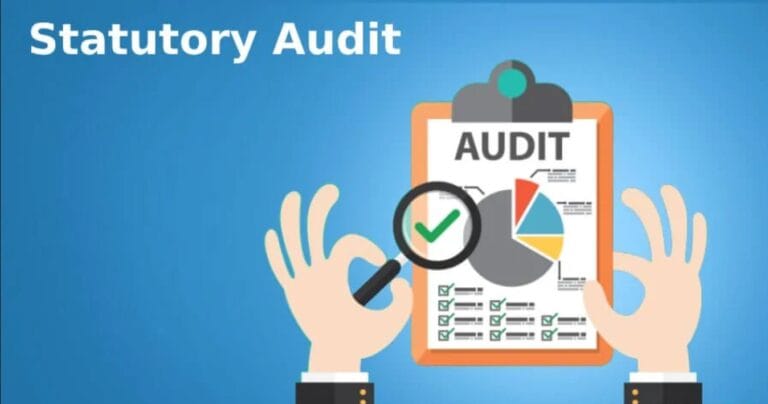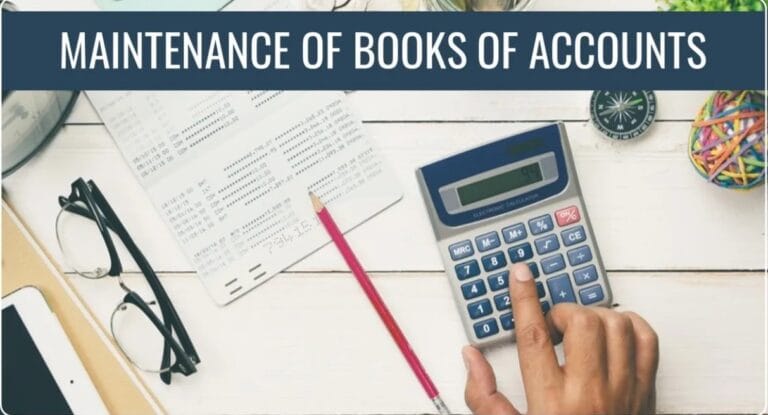Services under Insolvency and Bankruptcy Code, 2016
In accordance with the provisions of section 29A of Insolvency and Bankruptcy Code, 2016 (IBC), an eligibility criterion is imposed on persons/entities intending to submit a resolution plan, as resolution applicants, for a corporate debtor who is undergoing CIRP process. This section aims to ensure that only capable and credible resolution applicants participate in the…………….
Under the Insolvency and Bankruptcy Code, 2016 (IBC), the concept of a “transaction audit” primarily relates to the scrutiny and examination of transactions undertaken by the corporate debtor during the period before the initiation of the insolvency resolution process. This audit plays a crucial role in ensuring transparency, identifying potential irregularities, and safeguarding the interests…………….
As per IBC, 2016, the statutory audit of corporate debtors (CDs) plays a vital role by providing transparency and ensuring the accuracy of financial records during the insolvency resolution process. Here’s a detailed overview of the statutory audit of corporate debtors under the IBC: Purpose of Statutory Audit under IBC 1. Verification of Financial Statements…………….
The maintenance of books of accounts under the Insolvency and Bankruptcy Code (IBC) is a critical process for ensuring transparency and accountability during the corporate insolvency resolution process. Here’s a detailed overview of the requirements for maintaining books of accounts of Corporate Debtor (CD) undergoing CIRP process, and the best practices for the same in…………….
A CIRP cost audit is an essential process to ensure transparency, accuracy, and accountability in managing the costs associated with the insolvency resolution process. Under the CIRP process under IBC 2016, authorities must carefully monitor and report various significant financial transactions and activities. Below is a comprehensive guide on CIRP cost audit, including its objectives, key components…………….
The Corporate Insolvency Resolution Process (CIRP) is a mechanism detailed under IBC 2016, designed to resolve insolvency issues for corporate entities in a time-bound manner. The process aims to protect the interests of creditors, balance the rights of stakeholders, and ensure the revival or liquidation of the corporate debtor. Here’s a detailed guide on the CIRP…………….
The Personal Insolvency Resolution Process (PIRP) under the Insolvency and Bankruptcy Code (IBC) of India, 2016, is a unique mechanism that specifically addresses the financial distress of individual debtors, including partnership firms and proprietorships. Unlike the CIRP process designed for companies, authorities tailor the PIRP to balance the interests of both the creditors and the corporate…………….
The process of liquidation as provided under the IBC 2016 is of paramount importance. It is the method by which a company or an individual’s assets are sold off to repay creditors when the entity is insolvent and unable to meet its financial obligations. This comprehensive guide covers the objectives, types, key participants, stages, and…………….
Bankruptcy is a legal process through which individuals or entities who are unable to repay their outstanding debts can seek relief from some or all of their liabilities. It provides a structured way to deal with insolvency, allowing debtors to reorganize or discharge their debts while ensuring fair treatment for creditors. As per the provisions…………….




















